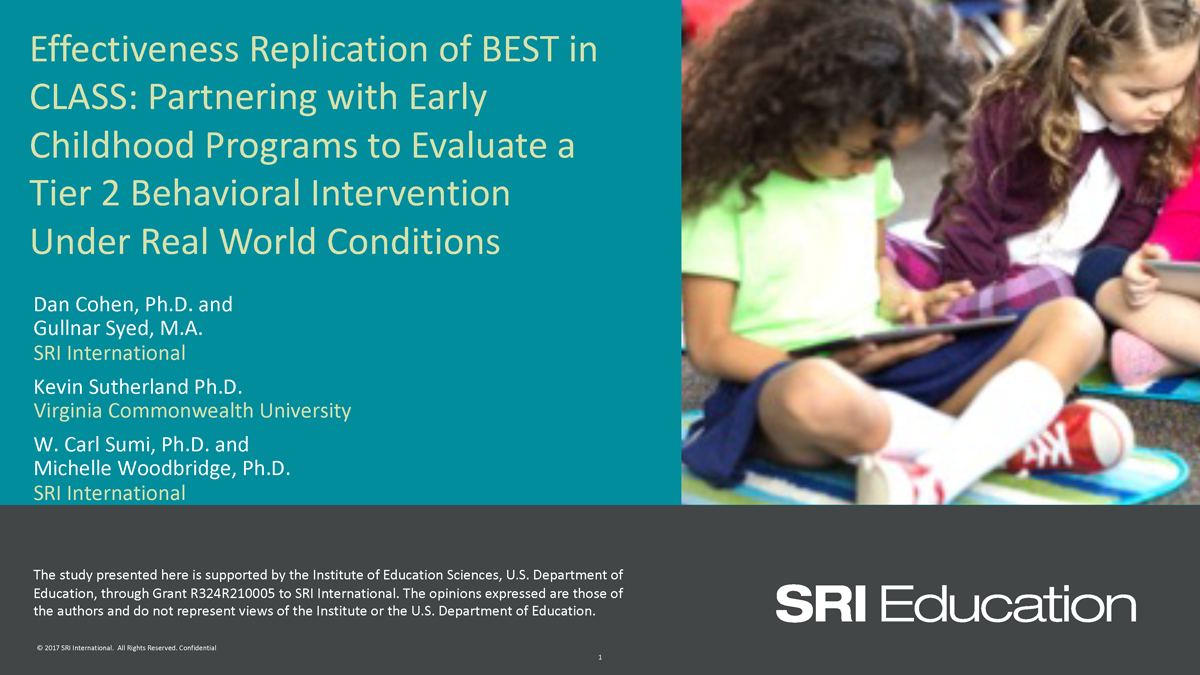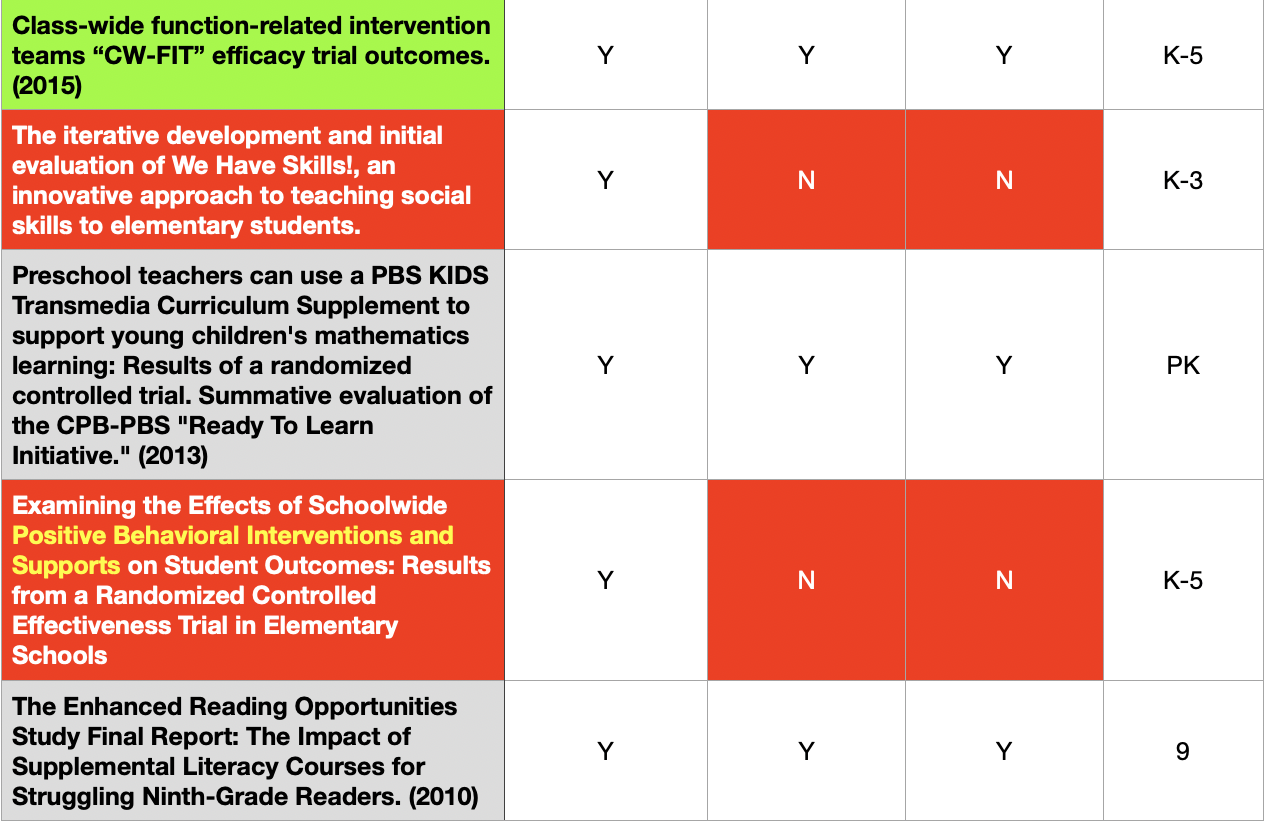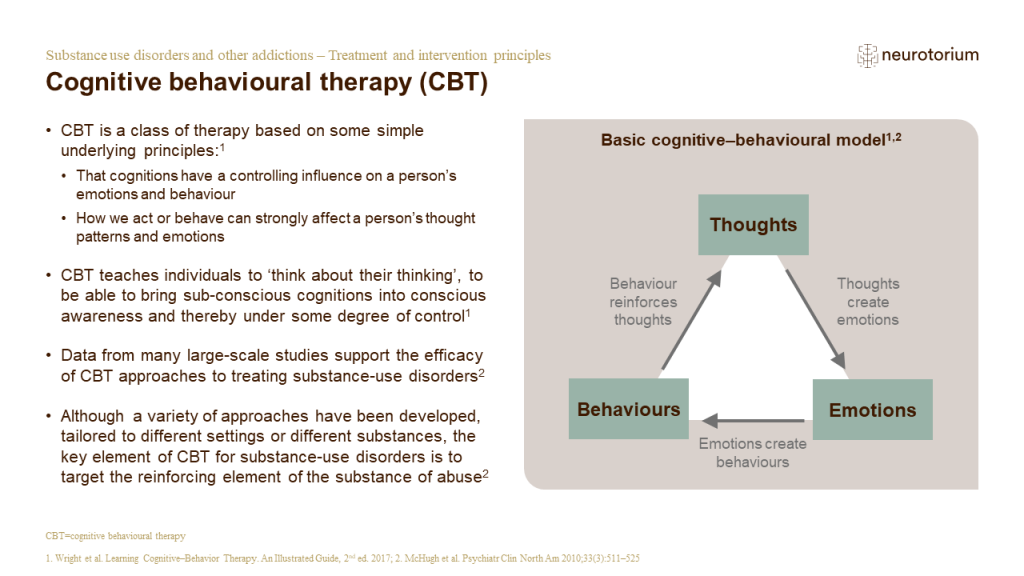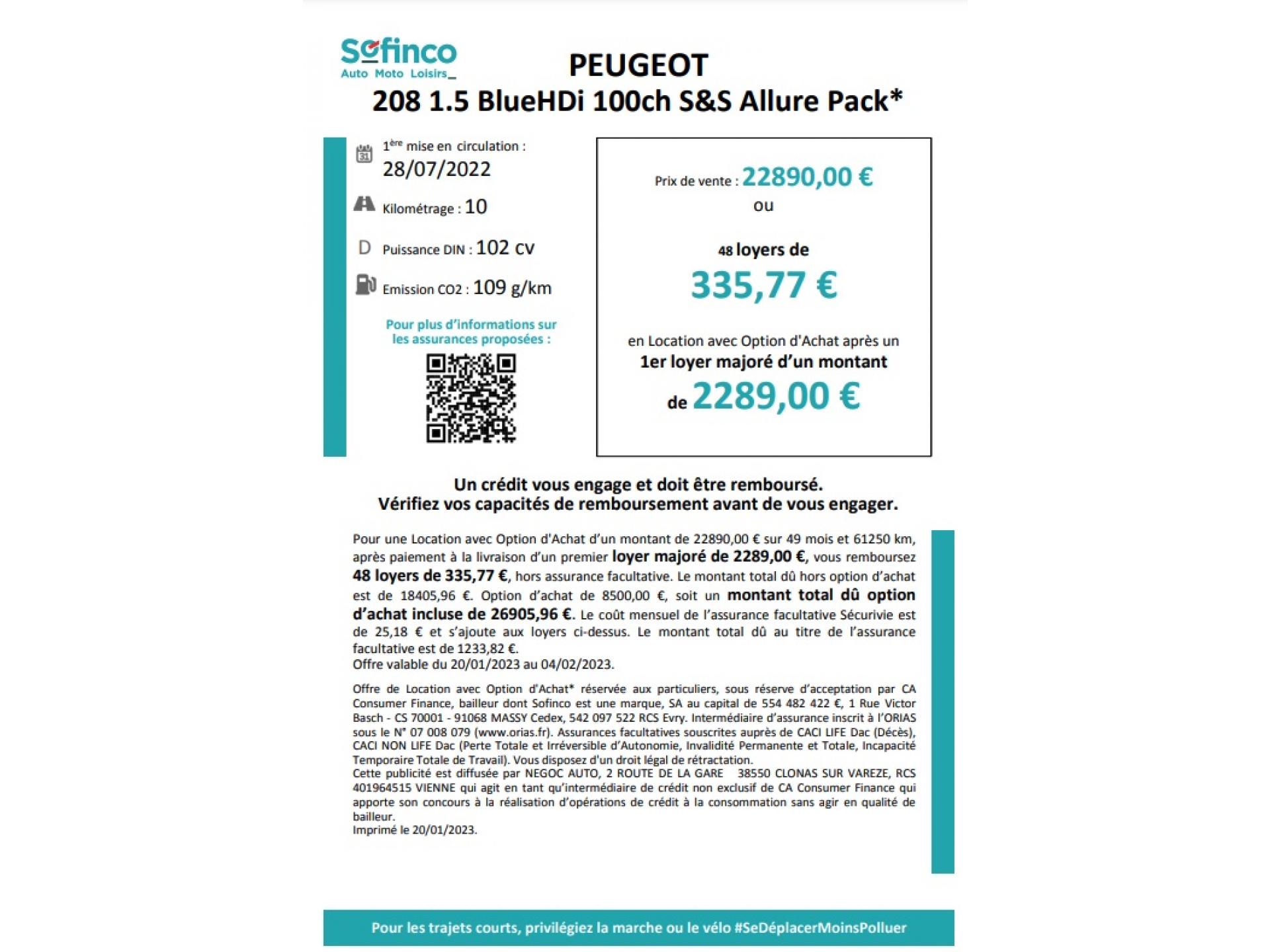
Effi cacy of classes of interventions Classes of interventions are
Download scientific diagram | Effi cacy of classes of interventions Classes of interventions are ordered according to effi cacy ranking from largest mean eff ect (top, left) to smallest mean eff ect (bottom, right). Data in blue represent the eff ects on symptoms of social anxiety (SMD [95% CrI]); SMD less than 0 favours the intervention in the row. Data in green represent the eff ects on recovery (RR [95% CrI]); RR greater than 1 favours the intervention in the column. Signifi cant results are shaded dark blue and dark green. CBT=cognitive-behavioural therapy. CrI=credible interval. EXER=promotion of exercise. EXPO=exposure and social skills. MAOI=monoamine oxidase inhibitors. NSSA=noradrenergic and specifi c serotonergic antidepressants. OTHER=other psychological therapy. PDPT=psychodynamic psychotherapy. PSYP=psychological placebo. RR=risk ratio. SHNS=self-help without support. SHWS=self-help with support. SMD=standardised mean diff erence. SNRI=serotonin-norepinephrine reuptake inhibitors. SSRI=selective serotonin-reuptake inhibitor. from publication: Psychological and pharmacological interventions for social anxiety disorder in adults: A systematic review and network meta-analysis | Background Social anxiety disorder—a chronic and naturally unremitting disease that causes substantial impairment—can be treated with pharmacological, psychological, and self-help interventions. We aimed to compare these interventions and to identify which are most effective | Social Phobia, Network Meta-Analysis and Psychology | ResearchGate, the professional network for scientists.

3-SS Implementation of a Resiliency-based Intervention Program in Young Adults Diagnosed with Anorexia Nervosa

PDF) Interventions to Reduce School Bullying
-Intervention-Techniques-copy.webp)
Organizational Development (OD) Intervention Techniques - GeeksforGeeks
Dual targeting of the antagonistic pathways mediated by Sirt1 and TXNIP as a putative approach to enhance the efficacy of anti-aging interventions - Figure F7

COMPLETE – a school-based intervention project to increase completion of upper secondary school in Norway: study protocol for a cluster randomized controlled trial, BMC Public Health

Two types of intervention studies: aetiological and prevention

Effectiveness Replication of BEST in CLASS: Partnering with Early Childhood Programs to Evaluate a Tier 2 Behavioral Intervention Under Real World Conditions

School Discipline in Virginia – Part 2 – Positive Options Trumped by a Race Card

The Efficacy of Recasts in Language Intervention: A Systematic Review and Meta-Analysis

Enhancing Student Class Engagement by Improving Students' Self-efficacy and Motivation through Organizational Development Interventions — A Case Study of Zhejiang Yuexiu University of Foreign Languages in China

Substance use disorders and other addictions - Treatment and intervention principles - Neurotorium

PDF) Classwide Interventions for Students with ADHD: A Summary of Teacher Options Beneficial for the Whole Class

Efficacy of classes of interventions

Studies evaluating of health interventions at schools: an integrative literature review – ScienceOpen









